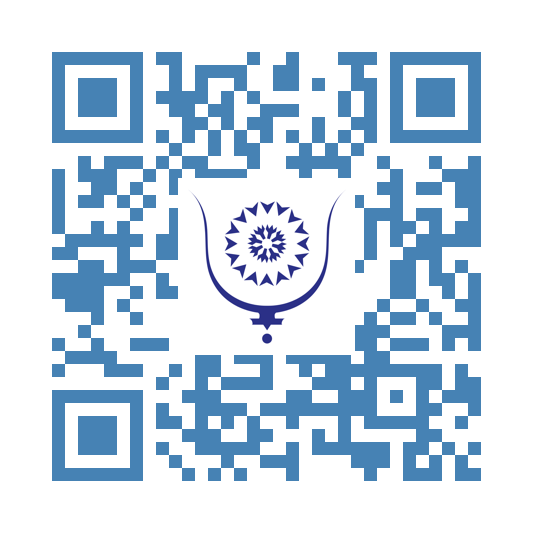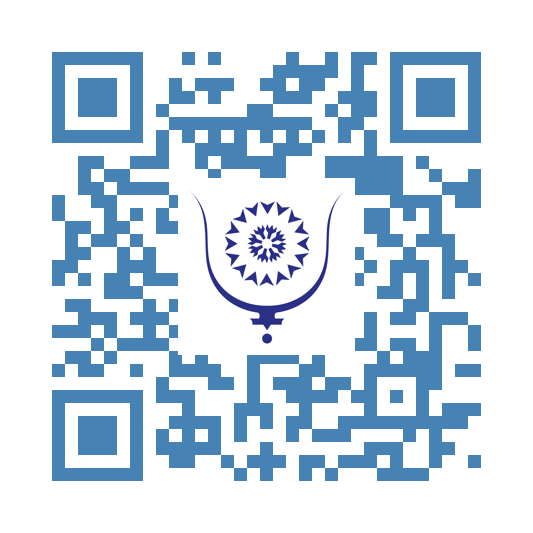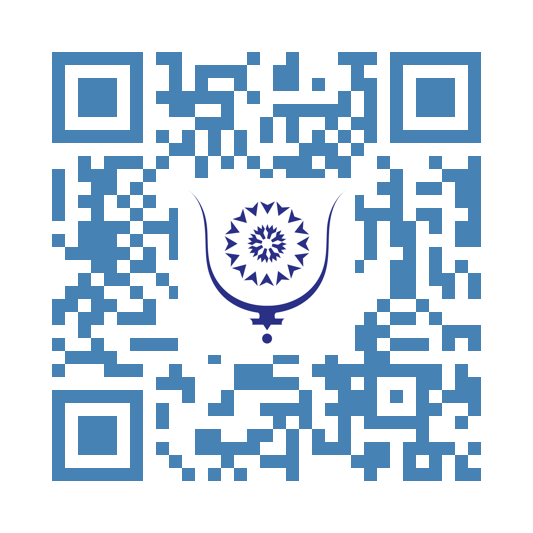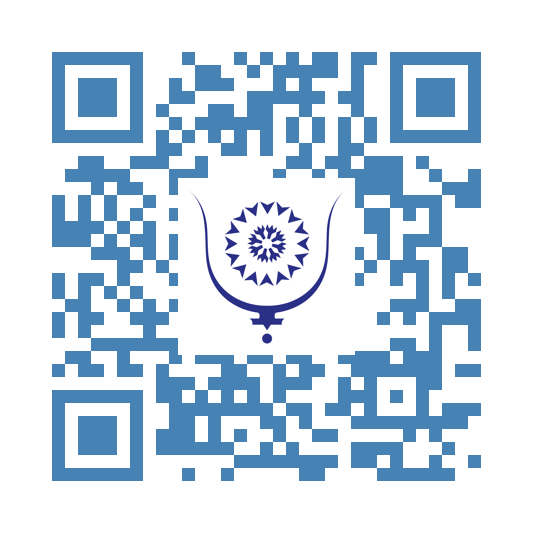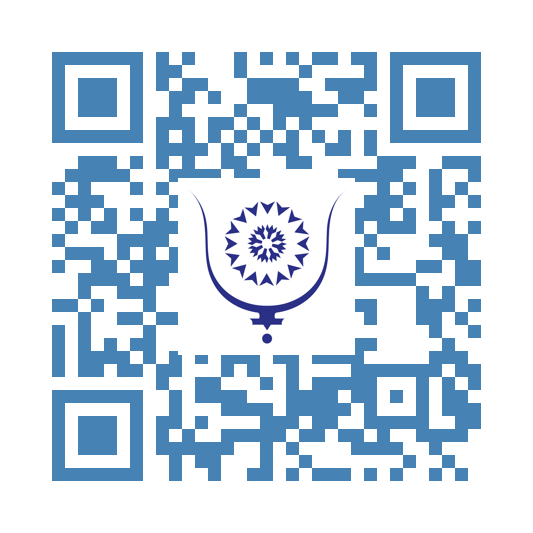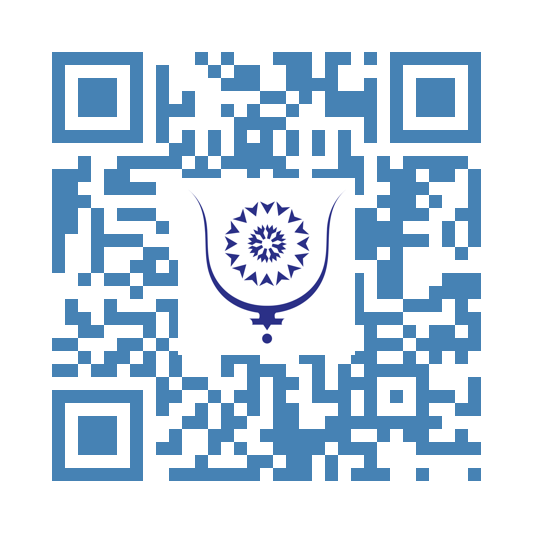11: Magickal Tools 8621
Magickal tools are more than just objects used in rituals—they are symbols of the magician’s will, focus, and purpose. In many traditions and cultures, these tools are used to direct energy, connect with spiritual forces, and create a space where transformation can happen. Whether handmade or passed down from a teacher or family member, each tool holds a special meaning and spiritual energy.
Some of the best-known magickal tools come from Western traditions like Wicca, Hermeticism, and Solomonic magic. These systems often include four main tools, each connected to one of the classical elements. The wand represents Fire and the power of will. It’s used to direct energy, call on spirits, and start action. Wands are usually made of wood—like oak, ash, or hazel—and may be decorated with carvings or crystals. The athame, a ritual knife, is linked to Air (or sometimes Fire, depending on the system). It’s not used to cut physical things, but to shape energy—like drawing circles, sending away negative forces, or focusing intention. The chalice stands for Water, symbolizing emotion, intuition, and the subconscious. It holds sacred liquids—like wine or water—and often represents the womb or the divine feminine. The pentacle is a flat disc with a protective symbol, usually a pentagram. It’s connected to Earth and is used for grounding, protection, and blessing other objects.
In addition to these classic tools, magicians may also use mirrors to see visions, cauldrons for transformation, bells to clear energy, or cords for knot magick. Each tradition has its own tools, and many magicians develop a personal connection with their items over time.
In Solomonic and other grimoire-based systems, tools are often made according to specific rules. The materials, symbols, and even the time they are made can matter. Tools like the Circle, Triangle of Art, Sword, and Lamen are important for calling spirits and working safely. In folk magic, everyday objects—like scissors, brooms, or keys—can become powerful tools if used with clear intention.
One very important tool that’s sometimes overlooked is the robe. This is more than just clothing—it marks the change from ordinary life to sacred space. Putting on a robe tells the body and mind that the ritual is beginning. Robes are often worn only during spiritual work, and their color or symbols can match the purpose of the ritual. A robe can protect the practitioner’s energy and help focus their connection with the spiritual world.
It’s important to understand that magickal tools don’t have power on their own. They become powerful through use, intention, and ritual. Many magicians cleanse, bless, and charge their tools before using them. Over time, the tools absorb energy and meaning, becoming trusted companions in spiritual work.
Magickal tools also help with focus. They guide the mind from the everyday world into a more sacred state. Like costumes help actors get into character, tools help magicians step into their spiritual role. Whether using an athame to draw a circle or a mirror to seek guidance, these actions open a doorway into a deeper space of awareness.
Today, magickal tools are changing with the times. Digital grimoires, virtual altars, and AI-powered oracles are becoming part of modern practice. But their purpose is still the same—to act as bridges between thought and action, intention and reality, the visible and the invisible.
As long as people seek spiritual connection, magickal tools will continue to play an important role—helping us focus our energy, explore our inner world, and connect with the mysteries beyond.

